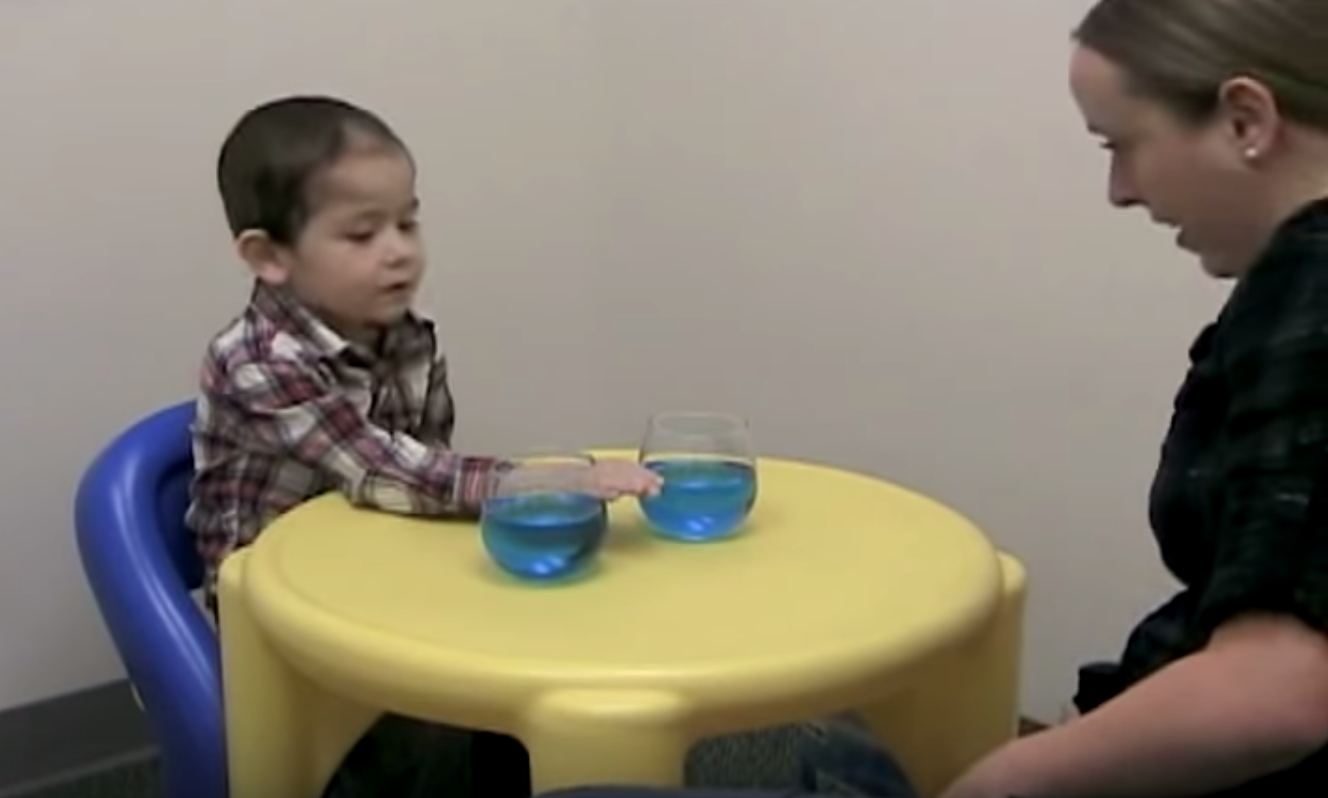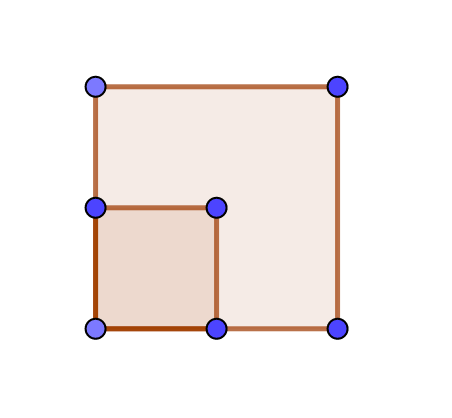CH1 L51: Education – part I (the agricultural model)
- To study concepts [1], we took a long detour to investigate languages and meanings [2]. The next important step would be how to educate or to share the meanings with others. Yuval Noah Harari [3] in “Sapiens: a brief history of humankind” [4] has mentioned that bees can do their tasks because all those commands have been genetically coded. However, since ideas or beliefs are imaginary, they can’t be stored in our DNA. That’s why we need to record and transfer them to others through education.
- There are many flaws, wrong beliefs, misconceptions, or practices about education which have made classrooms a nightmare for students. Let’s scratch the surface and see what those problems could be.
- Imagine that you taught the concept of green to a 3-year-old kid. You’d show them a bunch of green objects and say: green leaves, green peas, green apples and so on. So, their brain would take the similarity between them and create the concept of green. Then they would use it in an unfamiliar situation, pointing at, say, a green parrot and shout: “A green parrot”. You’d reward them which would consolidate the concept.
- This process looks like agriculture. You plant the seed and hope that the kid would grow the concept. At this point, since the concept of green was very simple, the kid would most likely create it correctly; however, there’s no guarantee that they could invent more abstract concepts. That’s where the kids start to struggle with learning.

- Piaget [5] showed the difficulty of learning more abstract concepts in a simple yet brilliant experiment called conservation tasks [6]. The main idea is to test if a child can recall that, say, the amount of playdough is the same after it’s smooshed or not. I recommend you to watch the video below which demonstrates the experiment in different areas.
- The experiment demonstrated that the kid used the length in almost all the cases to compare two quantities. If one quantity looked taller or longer than the other one, it had more quarters, more water, etc.




- I could argue that in both cases the concepts of the quantity of money and volume are more abstract than of length; thus, it’s easier to use length to compare which requires less effort. In the first case, the kid needs to compare the number of quarters, ignoring the length of the row which is a one-dimensional comparison. However, in the second case, the comparison was two-dimensional, the length of the row and the number of quarters. So, the kid used the dimension he was familiar with, the length.


- We can see that in the first picture when two quantities are one-dimensional, we can easily compare them. 1 < 2; therefore, A < B [7]. But in a two-dimensional space, we can’t say A < B [8]. In each dimension we can make the comparison, Along the x-axis, A < B; however, along the y-axis A > B [9,10]. Since the problem was escalated to two dimensional, the kid got confused and stuck to the familiar dimension. Besides, his brain was paying attention to the change which overrode the experience due to limited focus. Therefore, he couldn’t conserve it.
- I have seen the same type of problem, teaching area and volume to high-school students. When I simply ask them what will happen to the area of a square if you double its length, many have said that it would double! Many have also said the volume of a cube would double if the edges are doubled.

- When you walk them through the solution which demands more concentration and effort, they can find the correct answer; however, they couldn’t intuitively answer that because area and volume are more abstract than length. [11]
- We should know that the kid in the experiment was normal and this is a developmental stage. The test can also show the mental age of children. So, the kid would easily be able to conserve the concept of volume or amount in a year or something. However, the concepts would grow more abstract and in every stage, he would need to put effort to create them.
- The same principle should be applied to teach any concept. For instance, a student should read, say, “Macbeth” [12], “Oedipus Rex” [13], “Hamlet” [14] and some more to create the concept of tragedy. At first, the student might think that those are stories about royal families. However, if they peel it off more deeply, comparing them with “Crime and Punishment” [15] or “Madame Bovary” [16] in which the protagonists are ordinary people, they hopefully find the similarity between them which is how people fail, thus, they’d have a tragic destiny.
- To study it more deeply, they could also find a distinction between classic and modern tragedy. In the classic form, the main belief is your fate had been written and you can’t change it. So, all the circumstances would lead you to the inevitable fate. Oedipus Rex is the best example of the classic tragedy. It was prophesied that Oedipus would kill his father and sleep with his mother which eventually took place.
- On the other hand, the modern tragedy says that your failure is caused by your weaknesses. Othello [17] is one of the finest examples of modern tragedy. He was a commander who secretly married Desdemona, the Daughter of Senator Barbanz. Jago, Othello’s deputy, plotted a scene to convince Othello that Desdemona was cheating on him with Cassius. He gave Desdemona’s handkerchief to Cassius; so, Othello fell into his trap and killed Desdemona without even listening to her. How did that happen? Because Othello wasn’t a nobleman and had a low rank. So, feeling inferior to Desdemona fueled the fire of jealousy and led him to the tragic end.
- That’s how a student should create concepts and develop them. However, if a teacher introduces the concept of the tragedy first, followed by some examples, they will prevent students from creating the concept by themselves. As Piaget said, “Each time one prematurely teaches a child something he could have discovered himself, that child is kept from inventing it and consequently from understanding it completely.” [18]
Footnotes:
[1] Link to the 12th post
[2] We started the investigation from the 13th post. Link
[3] Link to Yuval’s official website
[4] Link to “Sapiens: a brief history of humankind”
[5] Link to the Wiki Page about Jean Piaget
[6] Link to the Wiki Page about conservation tasks (concentration)
[7] We gradually move towards mathematics.
[8] That’s the fundamental concept of averaging. We can’t compare all the grades of students to rank them; therefore, we use the average of their grades which reduces all the dimensions to one and makes them comparable.
[9] That’s how mathematics shows that comparing two people is meaningless since we’re multi-dimensional entities.
[10] We also tend to prioritize one dimension to size up others: beauty, wealth, intelligence, etc.
[11] This part has to do with biology as well. Professor Sapolsky [Link] in one of his lectures on behavioral biology said that our brain stores the visual data at different levels. For example, to remember your grandmother’s face, your brain picks the lines and dots and other elements from different parts of the brain. You don’t have the whole image stored in one spot. So, forming or comprehending area and volume are more abstract than lines. Besides, the 3d illusions mess up with the perception of lines and forming a 3d shape in mind.
[12] Link to the Wiki Page about Macbeth
[13] Link to the Wiki Page about Oedipus Rex
[14] Link to the Wiki Page about Hamlet
[15] Link to the Wiki Page about Crime and Punishment
[16] Link to the Wiki Page about Madame Bovary
[17] Link to the Wiki Page about Othello
[18] Link
The featured image is taken from the following website:
Categories: Introduction

I would respectfully disagree with this statment
LikeLike
May I know exactly with what statement Kris?
LikeLike